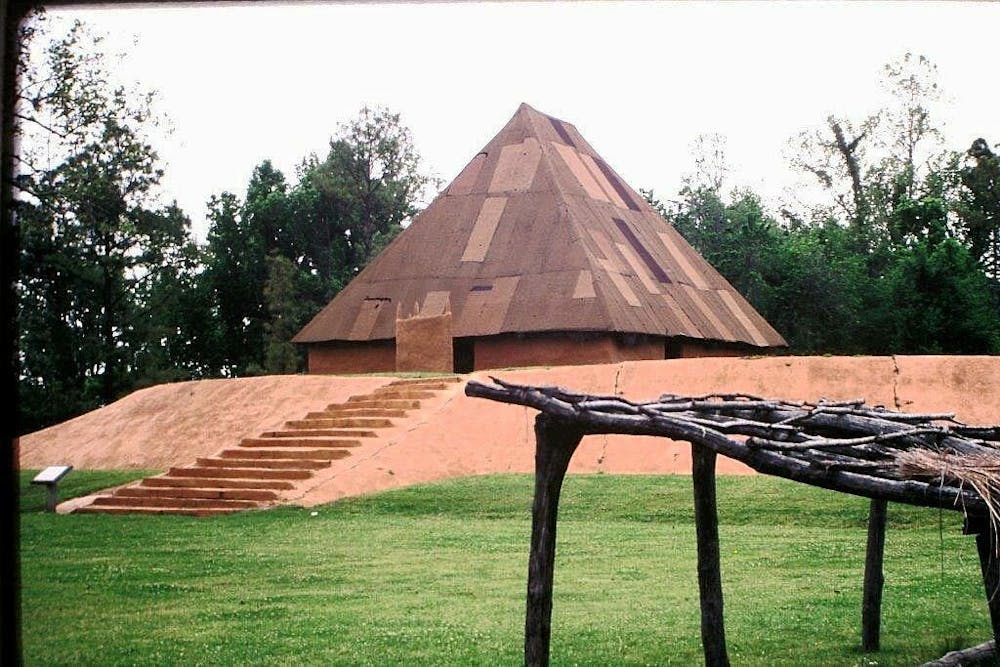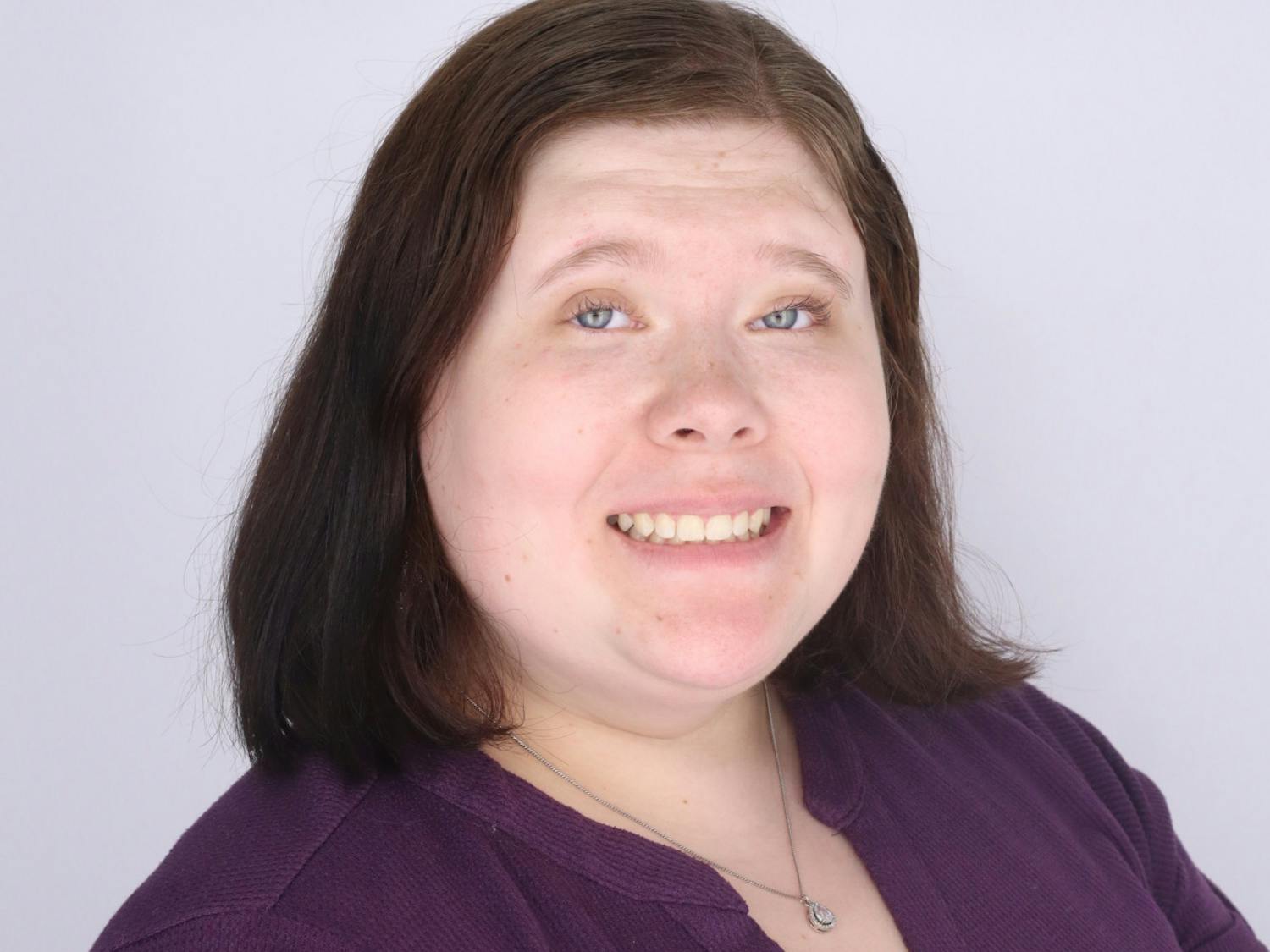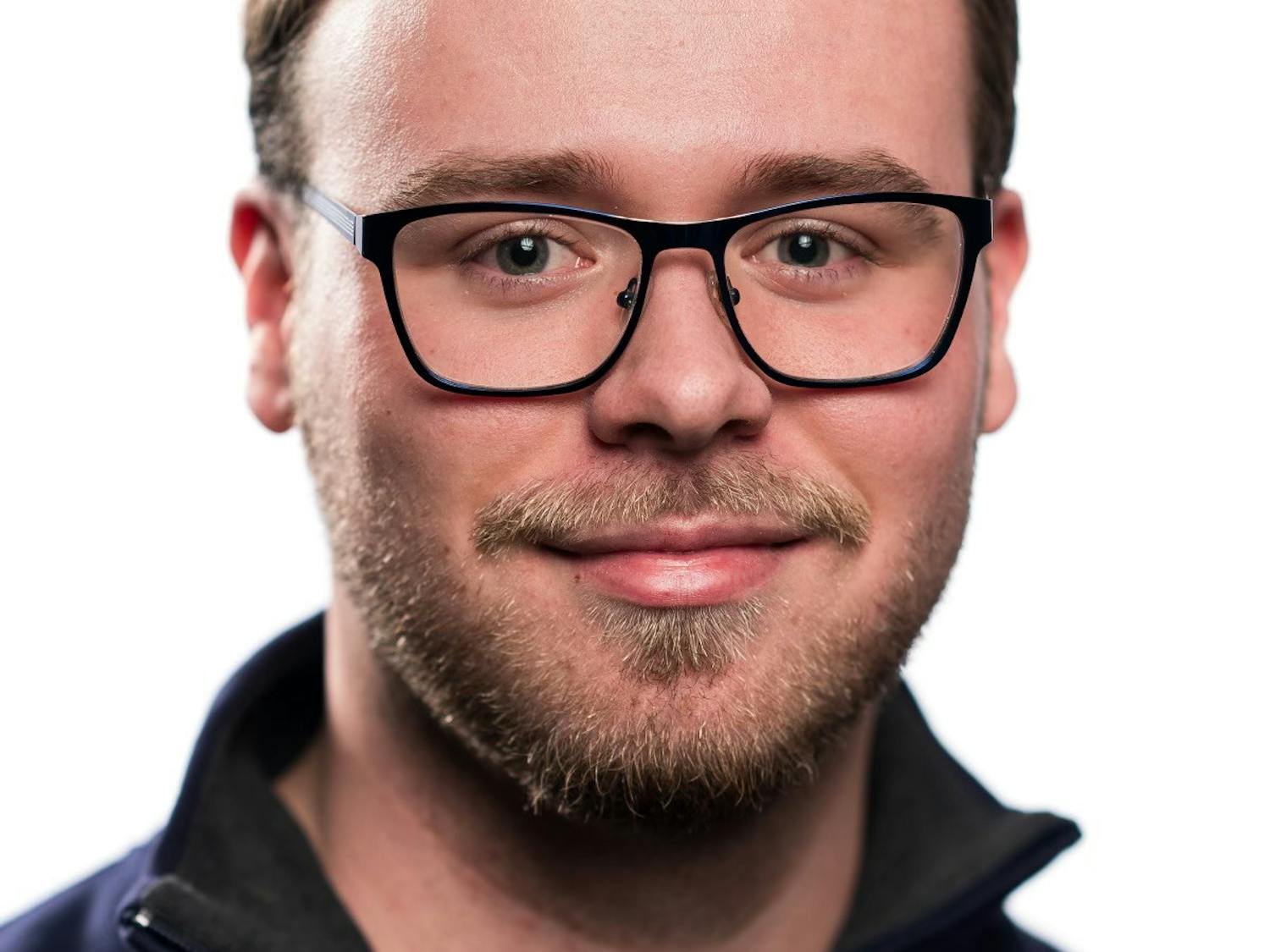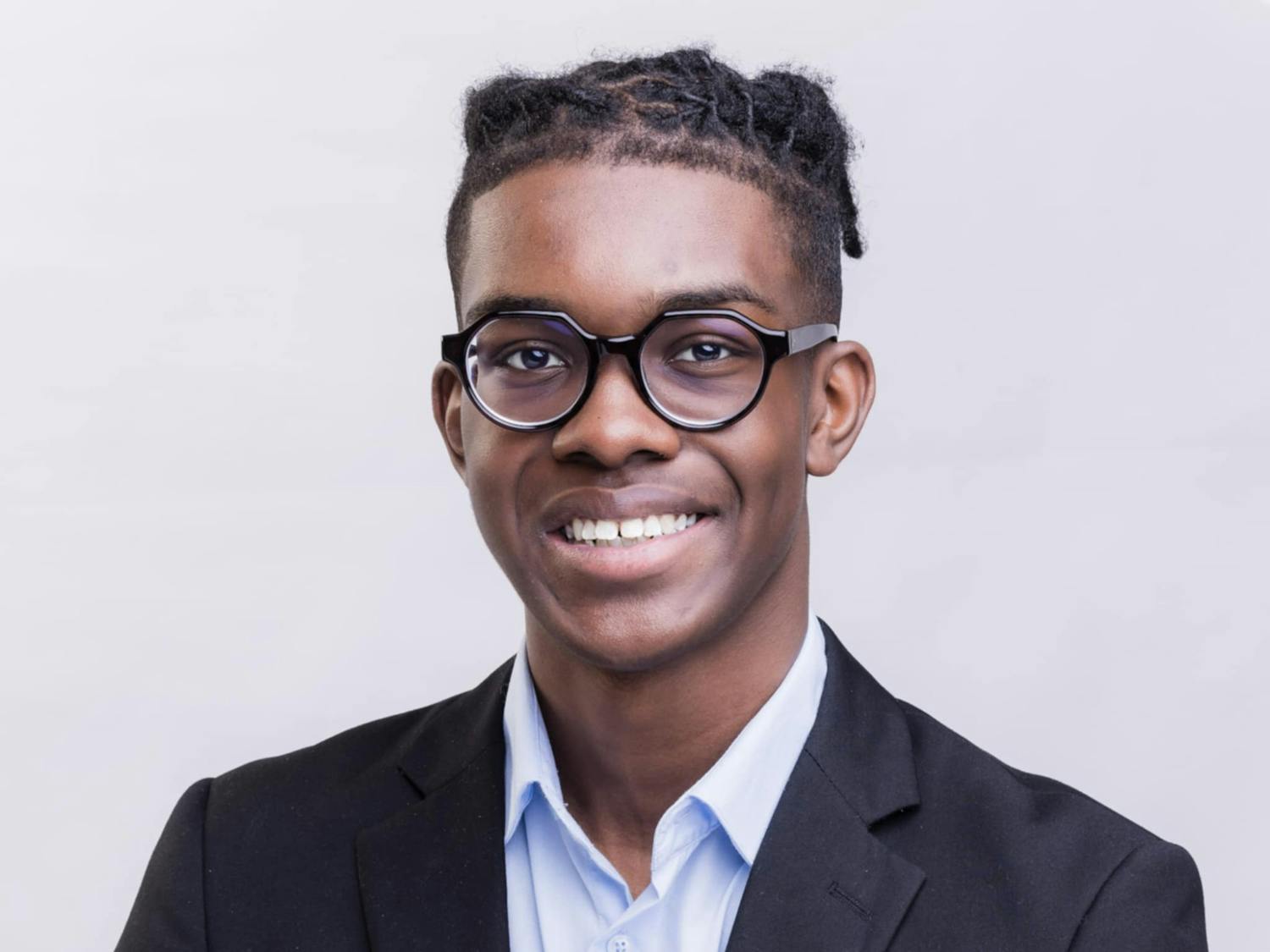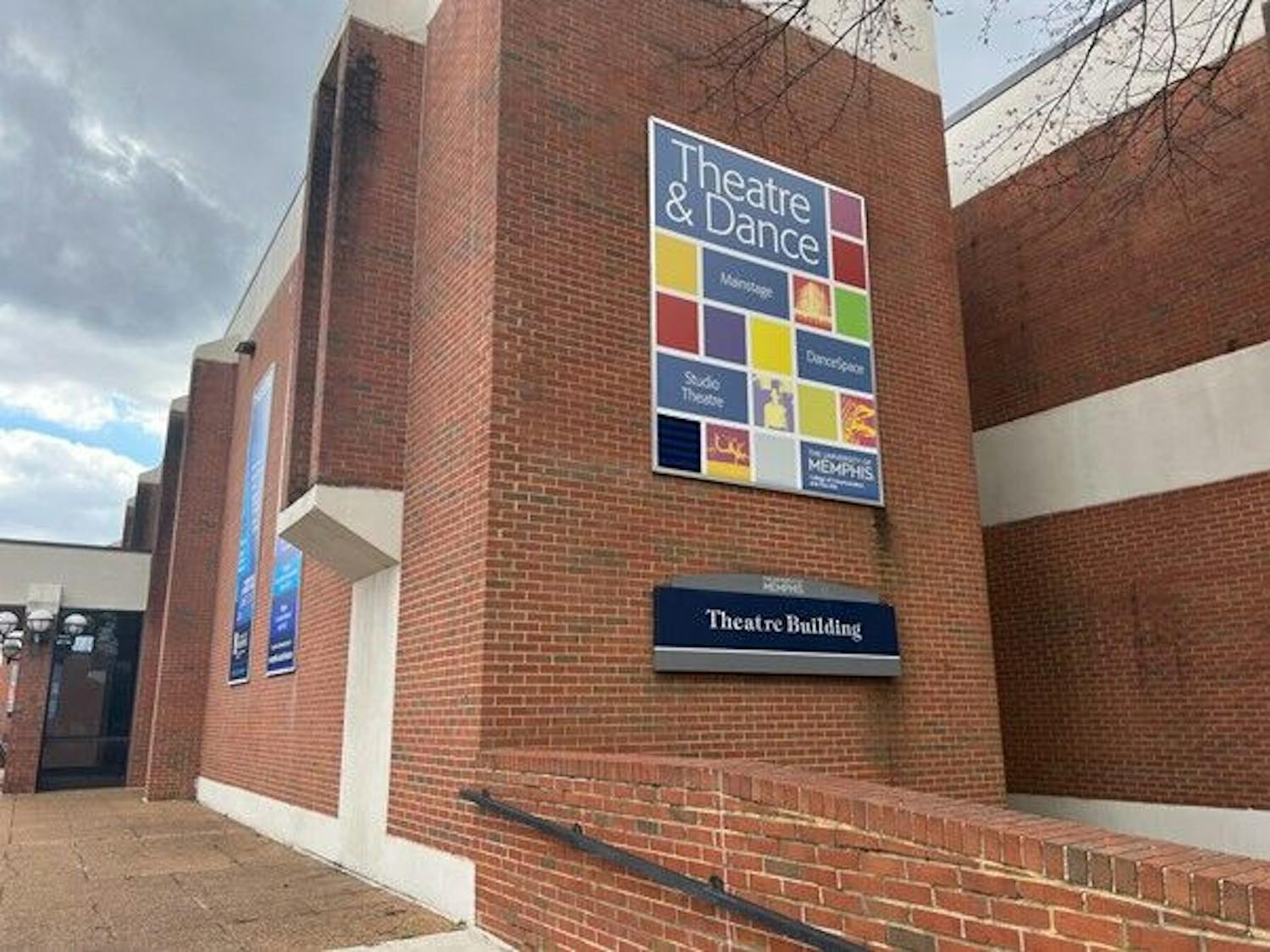November is the month known best for Thanksgiving, a day when tables are brimming with delicious homemade dishes, the smell of pumpkin and apple pie fill the air, and families gather to watch the Macy’s Thanksgiving Day Parade or a football game.
However, the origin of Thanksgiving is much more nuanced than the traditions we hold today. In 1621, Native Americans and colonists celebrated a successful harvest, which turned into what we know as Thanksgiving.
Thanksgiving celebrated the coming together of two different groups of people, the Wampanoag tribe and the colonists aboard the Mayflower, who enjoyed the gifts of the land.
While most Americans celebrate Thanksgiving with family as a celebration of peace between these two groups, some current Native Americans mourn what was seen as a short-lived peace, followed by blood and war.
Indigenous Peoples Heritage Month, which also occurs in the month of November, celebrates the culture of the American Indian (Native American), American Samoan, Native Hawaiian and Alaska Indian people. Native Americans lived on the land that would become the United States of America long before colonists inhabited the country.
While there isn’t an abundance of reservations across the South like there is in the Western United States, Memphis contains a close reservation that, in 1962, was made into an archaeological site for the University of Memphis. This site is Chucalissa, where Native American burial mounds dating back to 1000 A.D. were uncovered.
Chucalissa is located seven miles from the established neighborhoods of South Memphis and Whitehaven on the Mississippi River bluff. Scholars believe Chucalissa to be part of a larger Native American territory with its capital located near downtown Memphis. Archaeological finds show the Chucalissa settlement had periods of total abandonment, spawning the name of the site, which means abandoned house.
The Chucalissa settlement was empty by the time of European contact. However, the settlement gives society information about people who lived without interference from foreigners. Like many other southeastern tribes, the people who created the site built platform mounds that served as foundations for homes and indicators of status. These mounds are sacred to preserving the past and revealing how people lived in the past. Excavations of these mounds found that the inhabitants’ lives centered around agriculture through trading items, while some discoveries at the site revealed pottery resembling animals and other common things in nature.
Chucalissa was part of a larger spiritual network between the tribes of the Southeastern Ceremonial Complex (SECC). Researchers believe that Chucalissa was a part of this network because of the similarity of images and artwork found at the Chucalissa site.
While Chucalissa does not have any events to celebrate Indigenous Peoples Heritage Month, it is still open to the public from Tuesday to Saturday to learn and explore the lives of the people who helped shape the land Americans live on today. Indigenous Peoples Heritage Month celebrates the people of the past, the people of our land, and the cultures of these people. Over time, society has come to realize that Thanksgiving is more than food and football, but rather, an opportunity to celebrate the people who once called this land home.

